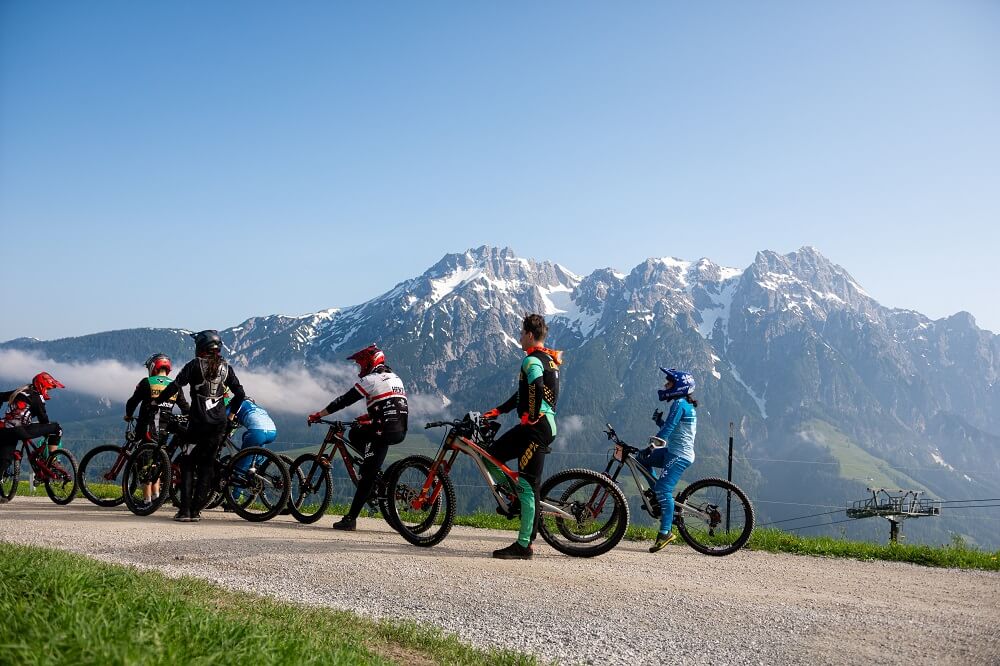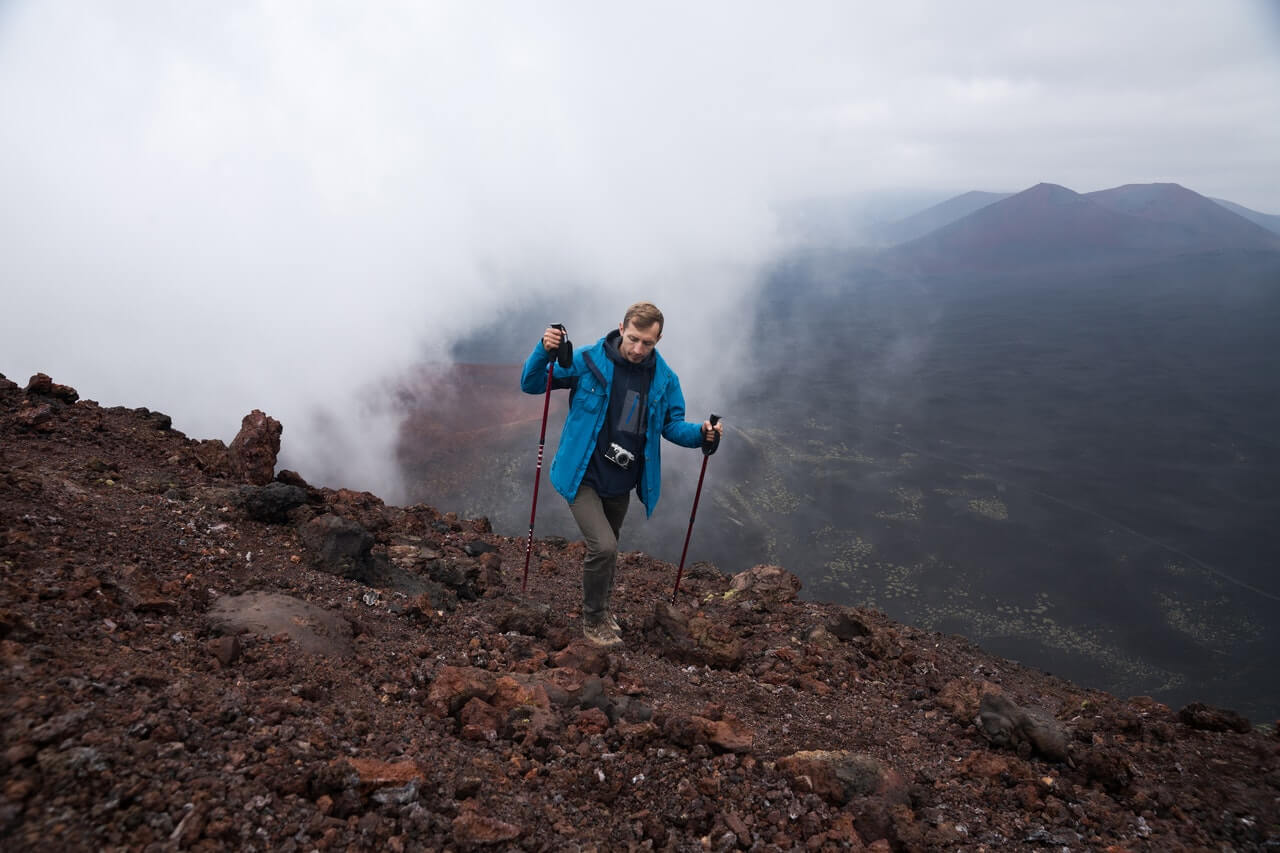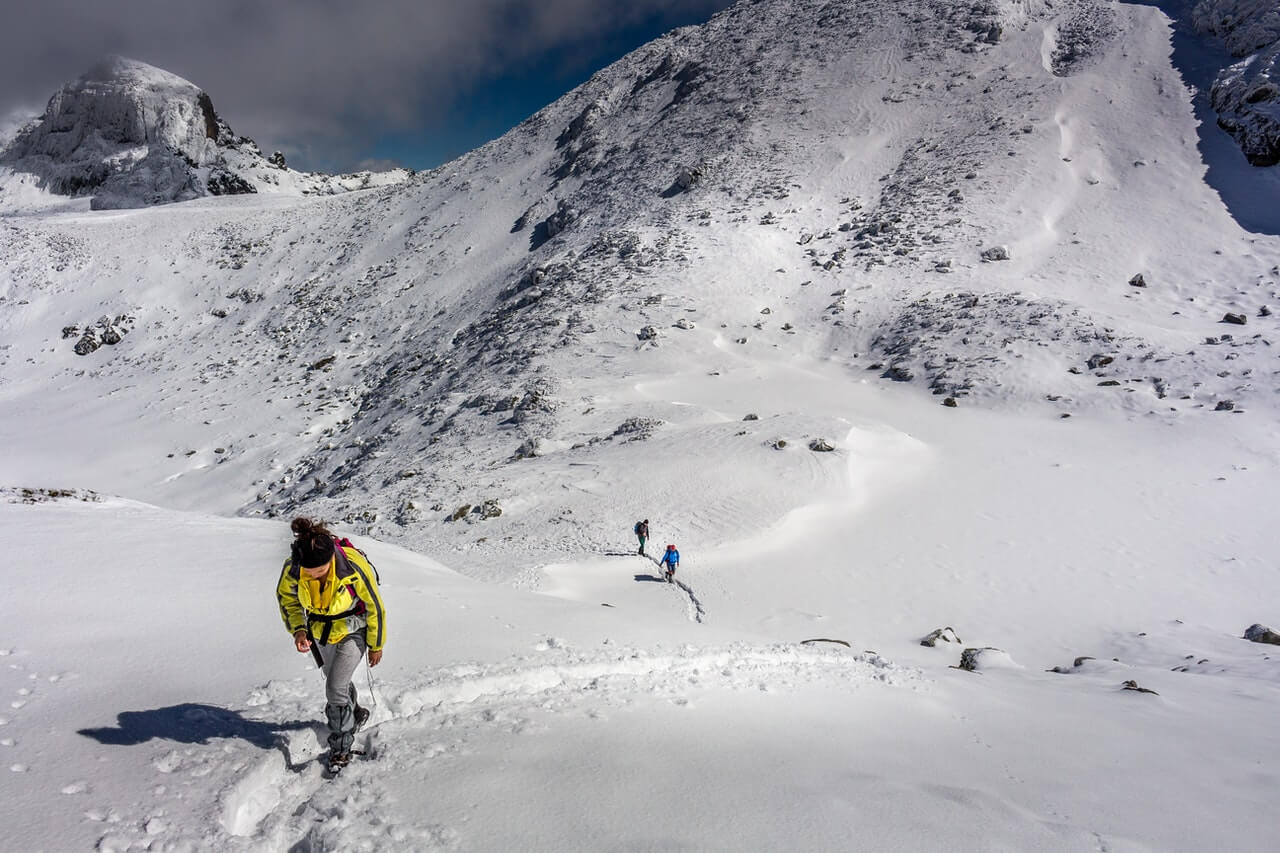Mountain biking is fun and allows very special insights into the nature of the mountains, but it is also not always easy. Especially in the beginning, mountain biking is associated with some risks, when riders do not yet know exactly what they are doing. Although there are always easy routes for beginners, but still it can happen that they creep some typical mistakes. If you're thinking of getting on a mountain bike for the first time this year, be sure to read these articles. post presents 12 typical beginner mistakes in mountain biking.

1. too fast at the beginning
A classic mistake that is often seen in beginners on mountain bikes. Already at the beginning of the route or the day tour, the riders already give everything and then already after the first climb usually the thighs strike. It is better to ride at a slower but steady pace and use easy gears. If you notice after 10 or 15 minutes that your pulse is still okay, you can shift gears or step on the gas more.
2. just one more turn
Often the longed-for summit to which mountain bikers are working their way up seems much closer than it is. Then it's a matter of dividing up your power reserves and using them very wisely. Because just because you think that there is only one more turn to go before you reach your destination, it doesn't necessarily have to be that way. Maybe in the next hour you will be told 'just one more turn' very often.
3. put on cycling underwear and cycling shorts
Yes, it's true, it looks stupid. But it's not supposed to be a fashion show on the mountain. And once you've felt how much your butt and other body parts in the same region can hurt after a few hours in the saddle, you'll be very happy to put on the appropriate bike shorts. And if you still think looks are too important, you can eat your schnitzel standing up in the evening. Works too!
4 Too much or too little air in the tires
Depending on the terrain and surface, a different air pressure is necessary for the tires. If you are constantly riding over stones, it is better to have less air in the tires than on hard, sandy ground. Less air also provides more grip on scree, both when climbing and descending. For beginners who do not yet know how much air is needed, the bike rental company will be happy to help.
5. pause too often on the ascent
This mistake often results from point 1 of this list. However, if you find yourself gasping for air after just a few minutes, don't pause immediately, but rather reduce your pace and choose an easier gear. The goal is to stay on the bike for as long as possible at a stretch. If you're constantly dismounting and taking breaks, it's hard to get into a rhythm and you'll also have trouble controlling your own breathing.
6. too much or too little clothing
When climbing, mountain bikers work up a sweat very quickly. Especially in summer, many wear shorts and shirts with short sleeves. During the effort, this is certainly pleasant, but at the top it can quickly become chilly and then a cold threatens. Therefore, it is advisable to always take a windproof jacket - both for the summit and for the wind on the descent.
7. riding in the wrong gears
It is much easier to go up a mountain using a lower gear than a higher one. Therefore, it is better to downshift in time instead of trying to take the climb in a heavy gear. If necessary, you can shift down again if it is really too easy.

8. wrong braking on the descent
Especially those who do not ride their own mountain bike, but a rental bike, should familiarize themselves with the brakes beforehand. Usually, the rear brake is on the right and the front brake is on the left. It is important to brake with both brakes when going downhill. To use only the front brake can be extremely dangerous, as many a person has made a departure over the handlebars. In a real downhill mountain bike should be used about 90% of the front brake and 10% of the rear brake, but often the composition also depends on the slope of the track and the weight of the bike. It is also crucial to brake rather dragging, rather than all at once with all the force to grab the brakes, otherwise a fall threatens. It's better to let the bike roll for a few meters, then brake again carefully to prevent the wheels from locking completely.
9. leaning too far forward on the descent.
I usually adjust my saddle a little lower before I start back down the hill. That way, I'm not even tempted to lean too far forward. For the descent, the following position is recommended for beginners: Standing on the pedals, keeping your arms extended, and pushing your center of gravity (i.e., your butt) out back over the saddle. Weight shifting is especially important when mountain biking, so better practice beforehand.
10. take too little provisions with you
Mountain biking makes you thirsty, very thirsty! That's why cyclists should always take enough liquid with them on their tours. At waterfalls or clear mountain rivers, the water bottle can also be refilled. An energy bar can also be a helpful companion on a tour. If you have a backpack with you, you can of course also pack a snack. Always eat regularly to avoid the big hunger and be sure to drink enough.
11. adjust saddle incorrectly
If you have adjusted your bike saddle correctly, you will manage the climb up the mountain more easily and have less trouble with your knees. To check if the saddle is properly adjusted, the following is recommended. Sit on the saddle and hold on to something like a hedge. Place the foot with the heel on the lower pedal. If the leg is almost fully extended, the height of the saddle is correct. If the other leg is then placed on the pedal, it will have a good angle. For downhill, the saddle can be set quietly a little lower, then it is not in the way when riders stand on the pedals.
12. choose a route that is too demanding
Of course, beginners in mountain biking would like to rush down all the slopes right away, but it is better to take it a little easier. Also, the distance should not be underestimated. Although 15 or 20 kilometers do not sound like much, but if the altitude is added, it looks quite different. These put your own condition to the test. For beginners, 250 to 500 meters of altitude are absolutely sufficient. If that works out well, a more demanding route can be chosen. The important thing is to take it slowly and not overdo it. Otherwise there is a risk of frustration and even worse risk of injury.


